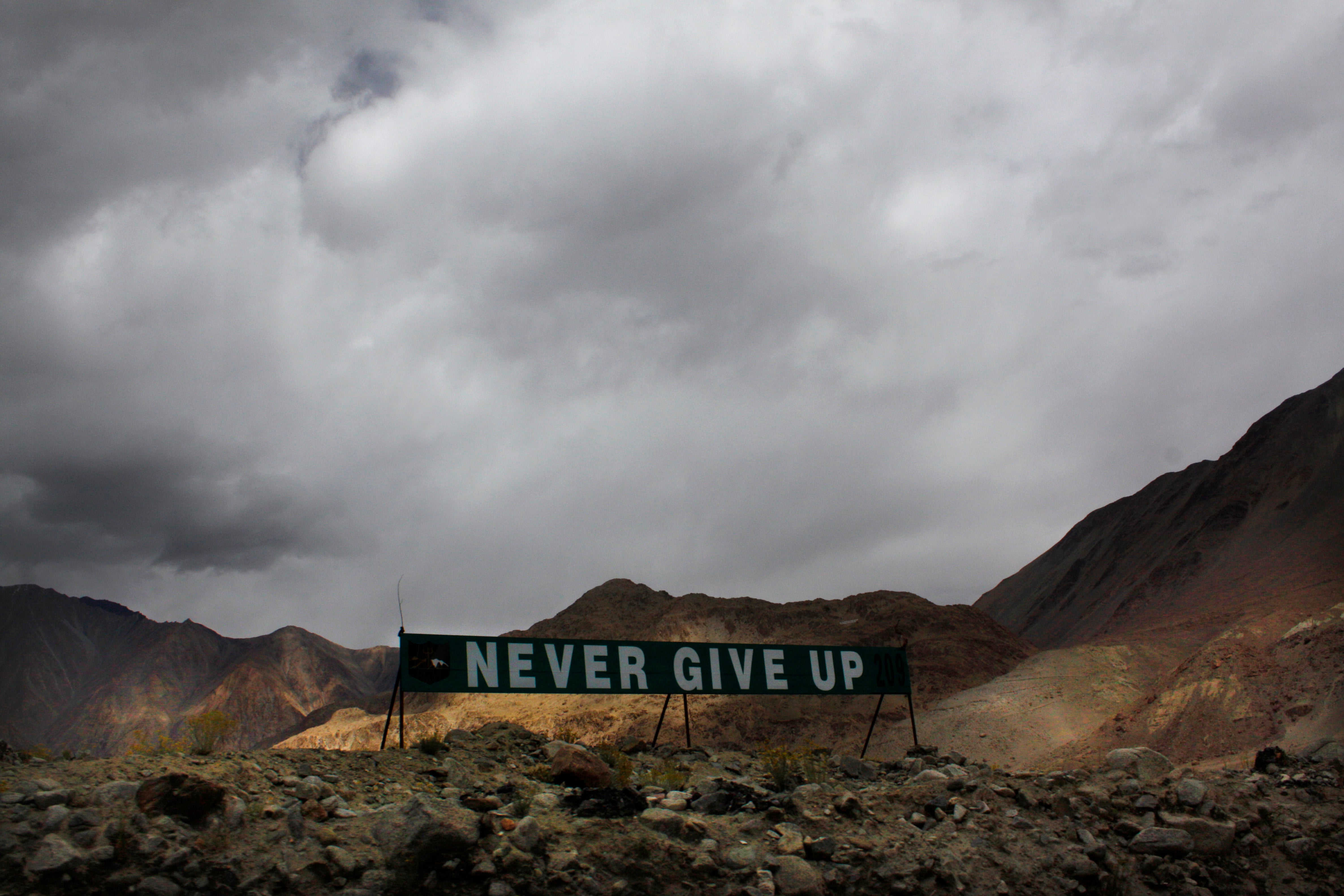India, China hold fresh talks on ending military faceoff
Senior Indian and Chinese military commanders are holding fresh talks aimed at ending a monthslong standoff along their disputed border

Your support helps us to tell the story
From reproductive rights to climate change to Big Tech, The Independent is on the ground when the story is developing. Whether it's investigating the financials of Elon Musk's pro-Trump PAC or producing our latest documentary, 'The A Word', which shines a light on the American women fighting for reproductive rights, we know how important it is to parse out the facts from the messaging.
At such a critical moment in US history, we need reporters on the ground. Your donation allows us to keep sending journalists to speak to both sides of the story.
The Independent is trusted by Americans across the entire political spectrum. And unlike many other quality news outlets, we choose not to lock Americans out of our reporting and analysis with paywalls. We believe quality journalism should be available to everyone, paid for by those who can afford it.
Your support makes all the difference.Senior Indian and Chinese military commanders were holding fresh talks Monday aimed at ending a monthslong standoff along their disputed border in the remote Ladakh region.
The talks were being held on the Indian side of the frontier in the Chushul area. No details were immediately available.
The negotiations come as tens of thousands of rival soldiers on both sides backed by artillery, tanks and fighter jets brace for a harsh winter in the cold-desert region where temperatures can fall to minus 50 degrees Celsius (minus 58 Fahrenheit).
India and China have held several rounds of talks by military, diplomatic and political officials, including negotiations between their foreign ministers and defense ministers in Moscow last month. Although the standoff has persisted, the talks seem to have calmed the situation along the border as no new military aggression has been reported for a month.
Indian soldiers also are engaged in nearly daily fighting along the de facto frontier with Pakistan in disputed Kashmir, the Himalayan region dived between the two archrivals and claimed by both in its entirety.
Indian Defense Minister Rajnath Singh said Monday that China and Pakistan were creating conditions that suggest “a border dispute is being created under a mission.”
Singh made the remarks while virtually inaugurating 44 bridges in areas bordering with China and Pakistan that officials say will facilitate easier movement of the Indian troops.
“You are well aware of the situation created along our northern and eastern borders," Singh said. “First Pakistan, and now also by China, as if a border dispute is being created under a mission.”
The standoff began in May and escalated in June to the deadliest violence between the sides in decades — a clash between soldiers using clubs, stones and their fists. Twenty Indian soldiers were killed and dozens of others injured. China is believed to have also suffered casualties but has not given any details.
After that clash, the two countries partially disengaged from the site in Ladakh’s Galwan Valley and at least two other places, but the crisis has continued in at least three other areas, including glacial Pangong Lake.
Last month, the world’s two most populous nations accused each other of sending soldiers into each other’s territory in the Pangong area and firing warning shots for the first time in 45 years, raising the specter of a full-scale military conflict.
The fiercely contested de facto border, known as Line of Actual Control, separates Chinese-held and Indian-held territories from Ladakh in the west to India’s eastern state of Arunachal Pradesh, which China claims in its entirety. It is broken in parts where the Himalayan nations of Nepal and Bhutan border China.
According to India, the control line is 3,488 kilometers (2,167 miles) long, while China says it is considerably shorter. The line divides the areas of physical control rather than territorial claims.
Relations between the two countries have often been strained, partly due to their undemarcated border. They fought a border war in 1962 that spilled into Ladakh and ended in an uneasy truce. Since then, troops have guarded the undefined border and occasionally brawled. They have agreed not to attack each other with firearms.
India unilaterally declared Ladakh a federal territory and separated it from Kashmir in August 2019, ending its semi-autonomous status. It also vowed to take back the Chinese-controlled Aksai Chin plateau, which New Delhi says is part of Ladakh.
China was among the first countries to strongly condemn the move, raising it at international forums including the U.N. Security Council.